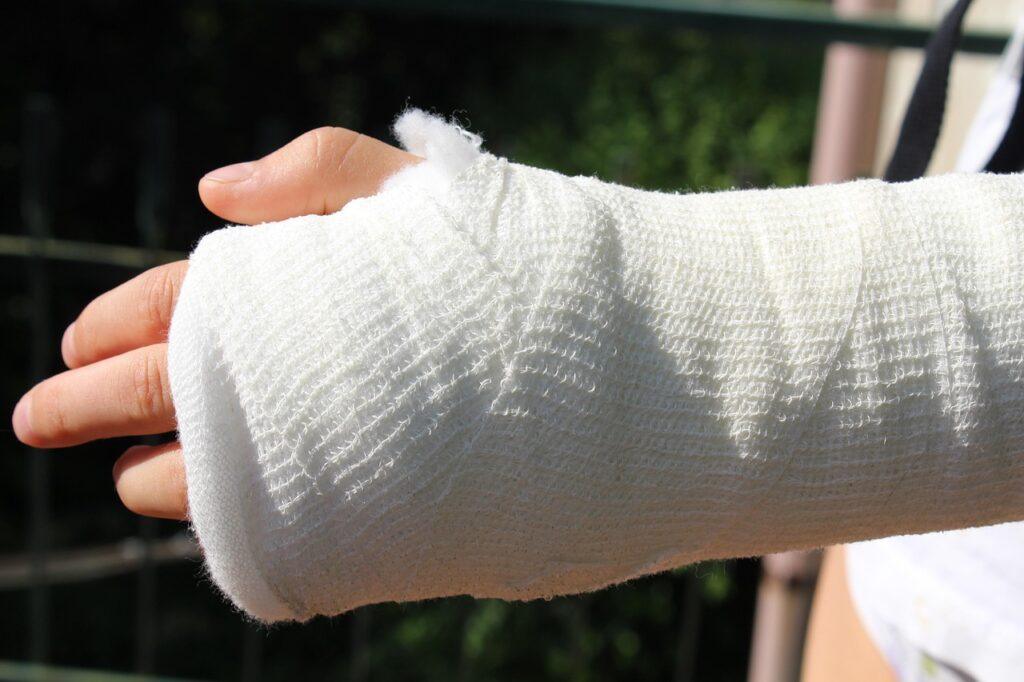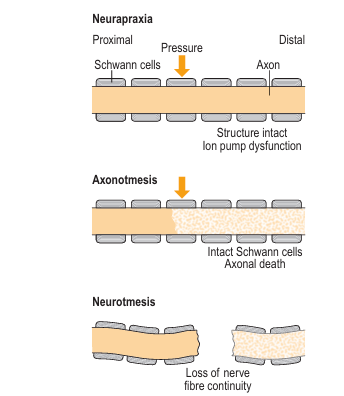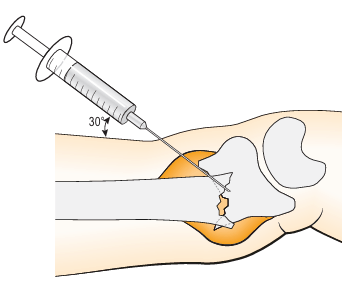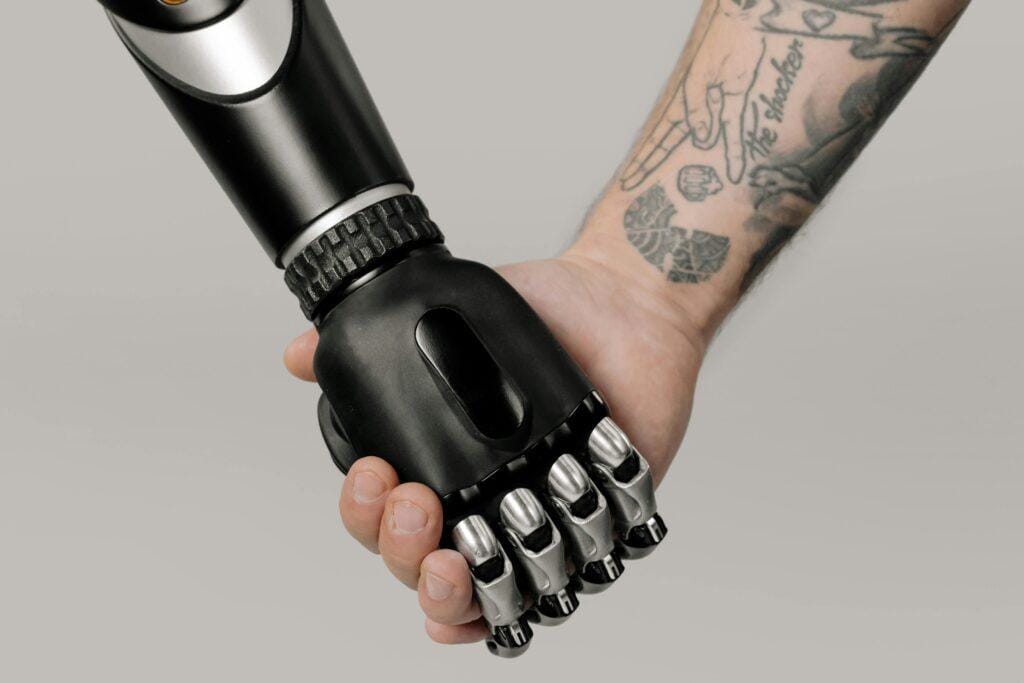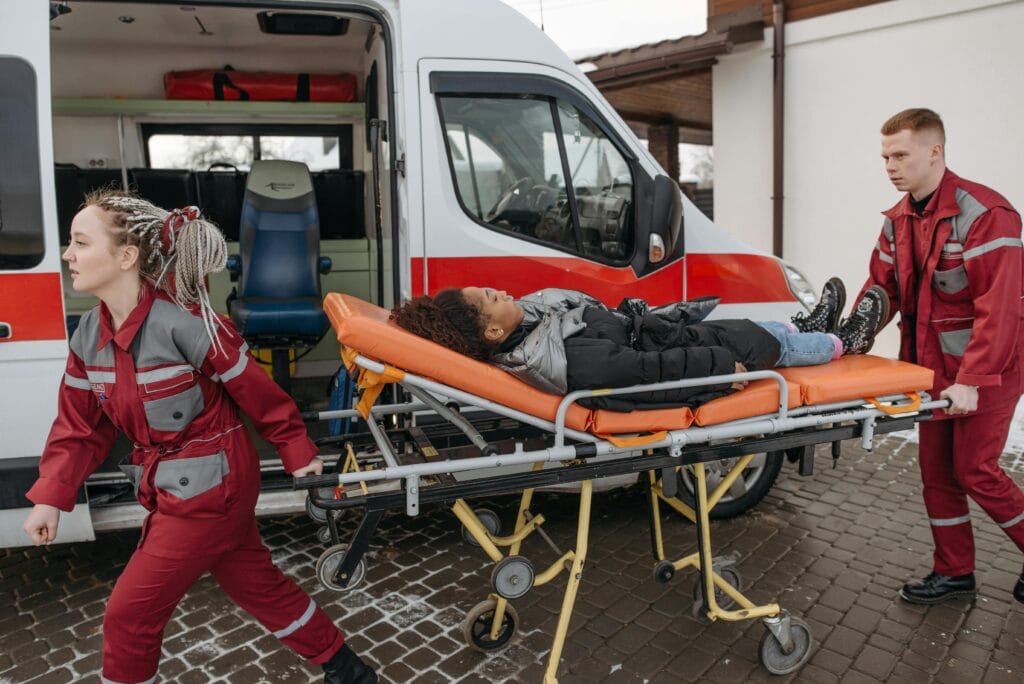
Full Casts for Fracture Management
Introduction Full casts are essential for providing circumferential fracture support and ensuring proper bone alignment during healing. Unlike backslabs, they offer three-point moulding, making them ideal for definitive fracture management. However, they are not recommended for acute emergency treatment due to swelling risks. This guide covers the step-by-step application of a wrist cast, key safety checks, and the principles […]

